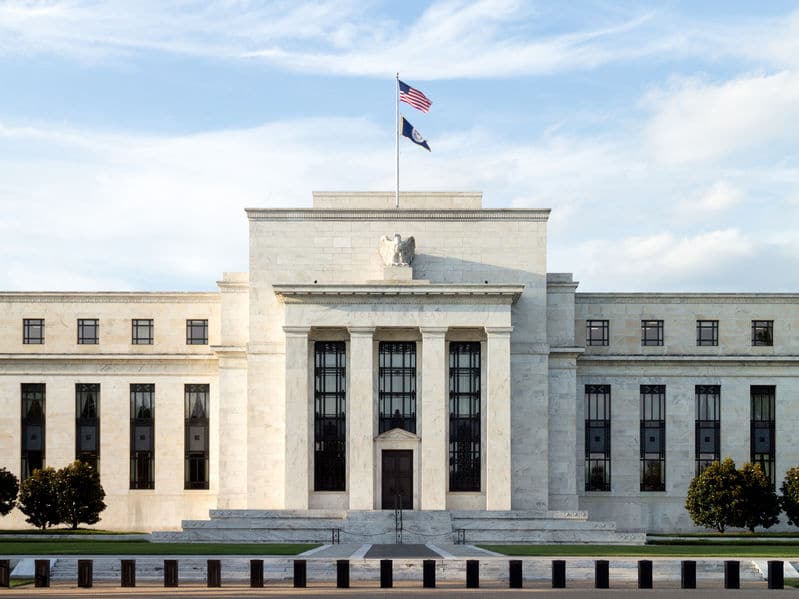Market dynamics can change quickly during turbulent times, and that has certainly been the case since I wrote to our clients on Friday. On the heels of Silicon Valley Bank (SVB) being taken over by the FDIC (Federal Deposit Insurance Corp), another bank – Signature Bank of NY – became the 3rd largest bank in US history to fail (after Washington Mutual back in 2008 and SVB).
As we noted on Friday, US bank regulators have extensive tools to help avert panic and reassure the markets. That was evident yesterday. Working with the US Treasury, the Federal Reserve took three stabilizing actions: (1) Made all deposits at SVB and Signature, including those that are uninsured (over $250,000) fully available starting today; (2) Provided extra liquidity to the banking system to help assure that banks of all sizes can meet the needs of all their depositors; (3) Stated that the Federal Reserve is prepared to address any liquidity pressures that may arise. See the Federal Reserve’s announcement here.
It is important to note that the measures taken by the Fed are being made available to all US banking institutions and all depositors – the entire system. They are designed to limit “contagion” – people pulling their deposits from regional and community banks and moving them to what are known as “money center banks” deemed too big to fail.
Also worth noting is that the current situation is unlike the bank failures of the 2008 Global Financial Crisis, which were due to questionable loans and investments in toxic securities. The main concern today is not credit quality but instead the risk posed by rising interest rates and the resulting mark-to-market losses on Treasury bonds and other high-quality securities. Those risks surfaced due to a mismatch at SVB between the short duration of deposits (bank liabilities) and the longer duration of loans and investments (bank assets). The mismatch could likely have been managed were it not for the concern ignited by SVB’s mishandling of its capital raise. Most banks have strong balance sheets and better risk management.
Looking Ahead
While the Fed’s recent actions have been aggressive, swift and far-reaching, how things play out this week will be critical. No one can predict the impact of the last 72-96 hours on human psychology. Throughout time, human emotions and cognitive biases consistently prove to be the unknown factor driving economic downturns, market bubbles inflating/bursting and bank runs.
We hope last week’s events are a wakeup call to the Fed, reminding them and all investors about the long lags in monetary policy, and that the full impact of the Fed’s aggressive interest rate increases since March 2022 remains to be seen.
As we put forth in our note on Friday, the SVB and now Signature Bank failures look like the first concrete manifestations of the unintended consequences of aggressive interest rate increases. Stress in the credit markets could potentially be the next pain point as the credit-tightening measures that the banks have already been adopting get more intense. Additionally, covering uninsured depositors may not necessarily remove the cloud over the venture capital space. Startups and their backers need to create new banking relationships to fund their lines of credit, an endeavor not as easy as depositors switching banks.
Therefore, investors are rightfully on the lookout for indications that the Fed will slow or pause its interest rate increases. The next Fed meeting is March 22, and there is speculation now that the Fed will not raise rates at that meeting as was expected just last week.
Impact on LNWM Portfolios
Ironically, recent events may help equity markets, as they could slow the pace of Fed rate increases or perhaps even cause the Fed to pause and allow the economy to digest all the previous increases. In the meantime, risk-aversion appears to be returning to markets and as we stated over a year ago, we expect volatility to be a constant companion versus an occasional visitor from here on out.
What we are doing: We are in close contact with the private fund managers we have invested with regarding any potential further impact the bank closings could have on their portfolio companies. While deposits are accessible, we are engaged with them regarding any lines of credit with the banks in question that may need to find another provider. We do not get the sense this is an acute risk but it is worth watching.
During such volatile times it is especially important to avoid the temptation to succumb to behavioral biases, adhering instead to the long-term investment and financial plans we have designed for each of our clients. Volatility is both a risk and an opportunity. If you haven’t already done so, I suggest reading our most recent quarterly commentary, which reviews how portfolios have been built based on a Risks and Opportunities framework.



